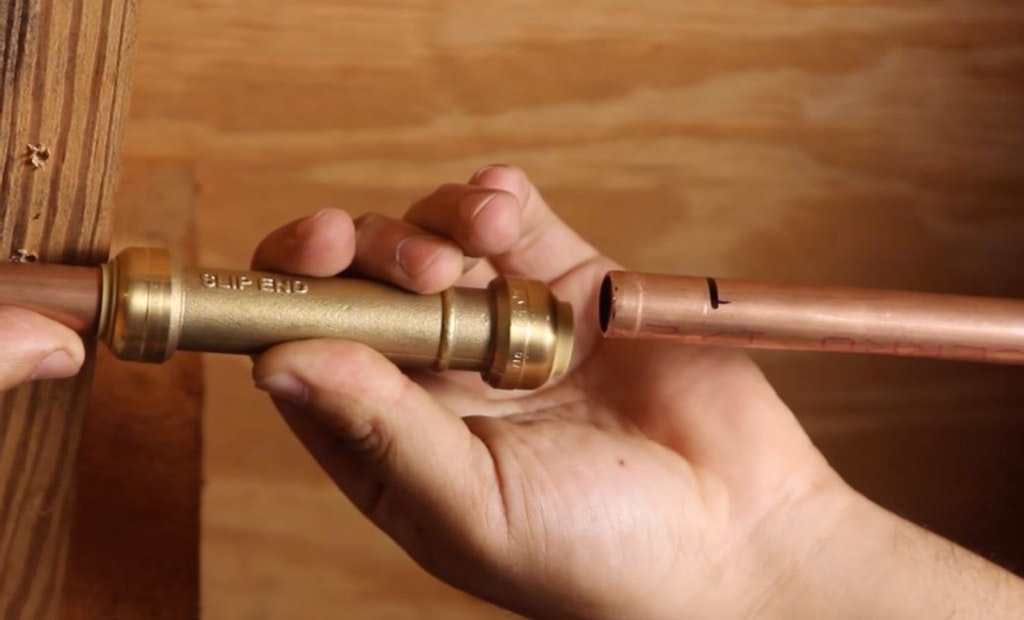
With the current supply chain issues, be proactive and purchase supplies like slip/repair fittings ahead of time so that you're ready for burst pipes when they do occur for your customers.
Interested in Plumbing?
Get Plumbing articles, news and videos right in your inbox! Sign up now.
Plumbing + Get AlertsIt could be 1 a.m. when you get an emergency call from a customer whose house has a burst pipe. And as the months get colder, these emergency calls become more regular and more extreme as frozen pipes happen more often.
But you can takeproactive measures to prepare for plumbing emergencies, as well as share with your customers preventive steps they can take. Consider the following when planning for a potential uptick in frozen, burst pipes this winter.
1. Social media: To reduce the number of emergency calls during busy times, use social media to educate customers about the warning signs of frozen or burst pipes and how to prevent them. Create videos or articles with helpful tips, or share educational content from other reputable sources, such as the ones found here. Sharing this content will position you as a trusted source of information while also demonstrating easy-to-implement preparation. And we can all agree, the more educational materials on frozen and burst pipes out there, the better.
2. In-home visits: Don’t take in-home visits for granted. Use that one-on-one time to educate customers about the red flags and prevention of frozen and burst pipes. Walk through the steps homeowners should take to keep their pipes from freezing or, in the worst-case scenario, how they can limit damage to their home (such as showing them where their main shut-off valve is). This will provide customers with the knowledge to get ahead of a plumbing problem before it transforms into an emergency repair call.
3. Video consultations: Take advantage of technology. If your labor is in short supply with the uptick in emergency calls, consider offering video or FaceTime consultations for quick fixes. Within a few minutes, you could walk customers through mitigation steps like helping find the main water shut-off valve to alleviate pressure from a frozen pipe. This can provide an additional opportunity to educate customers while allowing your team to take on bigger jobs that require an in-person fix. Before implementing though, be sure to connect with legal advisers and update your policies and procedures to protect your business.
4. Stock up: Even with all the education and prep work you may provide customers, burst pipes can still occur. And due to the supply chain issues felt in every industry this winter, you’ll want to prepare with the right products. Be proactive and purchase supplies like slip/repair fittings ahead of time. You don’t want to be ankle-deep in freezing water without the proper tools to fix the problem.
Also consider stocking up on preventive products, such as frost-free sillcocks. These products are designed in alignment with the water shut-off valve and are installed at a downward pitch to let water drain freely, alleviating water pressure build-up. Frost-free sillcocks are beneficial to have on hand so that you can install them during a regular service call if the customer doesn't already have them.
Frozen and burst pipes are inevitable, but you can prepare for the winter months by educating customers, offering quick solutions and stocking up on the supplies you’ll need. Hopefully with these tips, you will be able to beat the freeze this winter season.
To learn more about repairing frozen pipes quickly and securely, visit www.sharkbite.com.
About the Author
Jeff Long is the senior product manager at RWC — a market leader and manufacturer of water control systems and plumbing solutions for residential, commercial and industrial applications.






